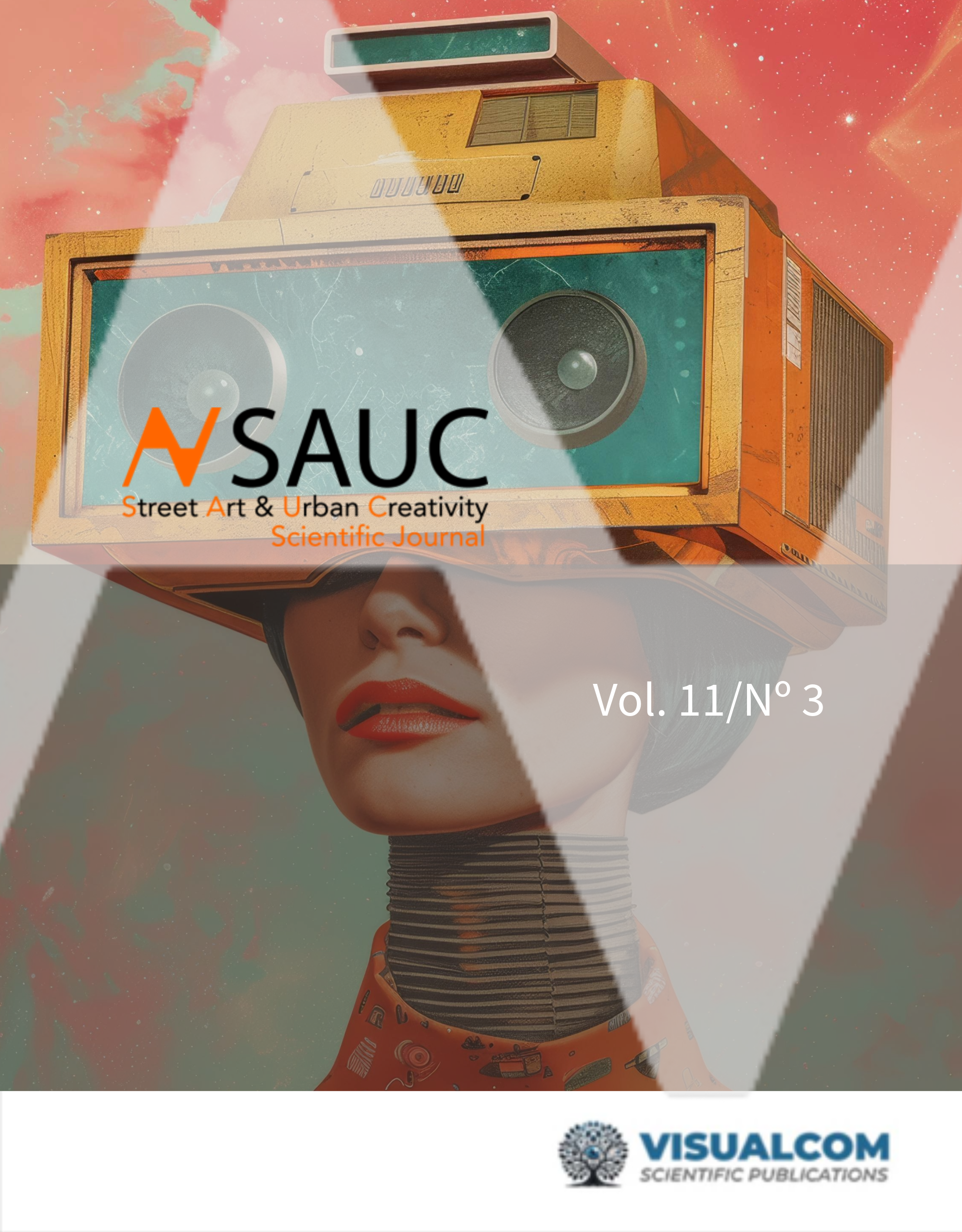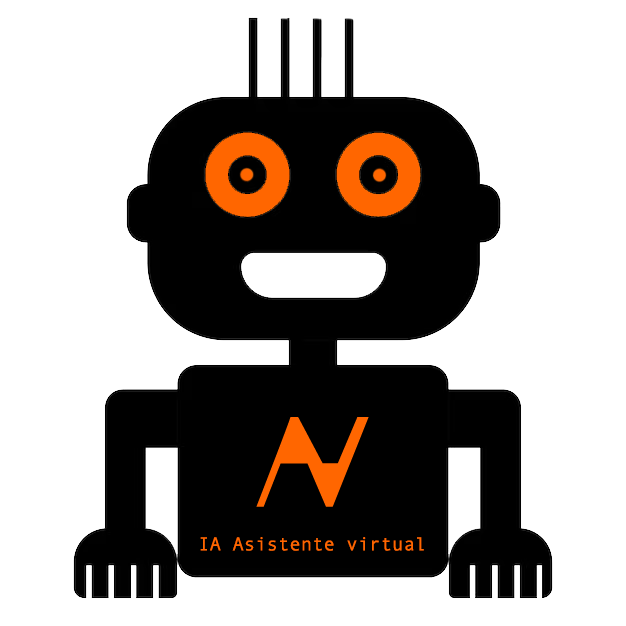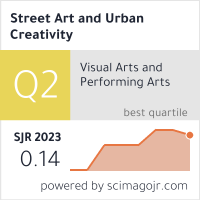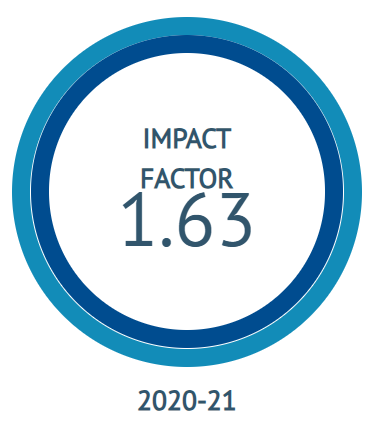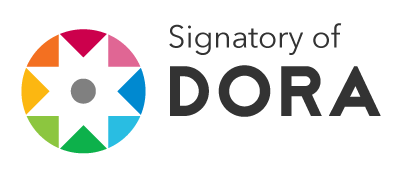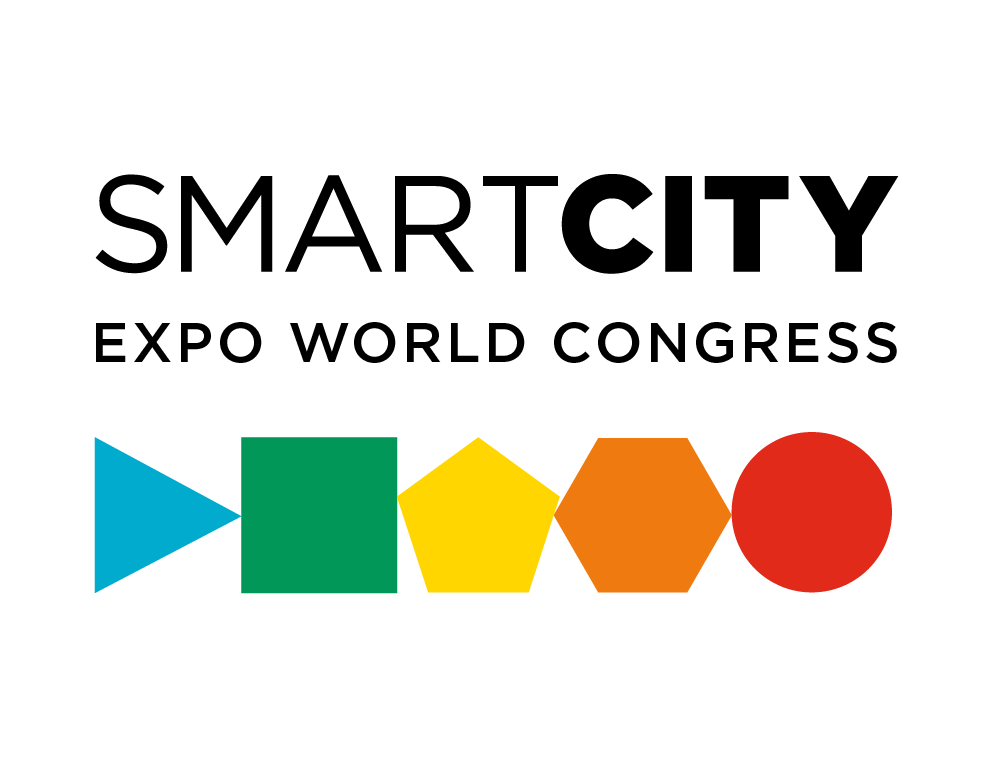Methodology for the digitalization of heritage through interactive technologies and artificial intelligence
Experience with the Residencia de Estudiantes de Madrid in the PLATA project
DOI:
https://doi.org/10.62161/sauc.v11.5739Keywords:
Cultural heritage, Digitization, Interactive technologies, Artificial intelligence, Tangible and intangible heritage, Extended interactive book, Cloud servicesAbstract
The New Urban Agenda published by UN-Habitat establishes that SDG 11 urges governments to protect the world's urban and natural cultural heritage, setting forth soft measures aimed at culture and education. Among these, it promotes the safeguarding of tangible and intangible cultural heritage, including the use of new technologies, and emphasizes the preservation of local heritage in the face of the current process of global acculturation. Simultaneously, the European Commission’s Recommendation (EU) 2021/1970 states that heritage is a key element in building European identity and encourages Member States to continue their efforts to digitize and preserve Digital Cultural Heritage assets. The PLATA project we present has worked on the creation of a methodology for the digitization of the editorial heritage of Madrid’s Residencia de Estudiantes, incorporating interactive technologies, cloud services, and artificial intelligence into the process.Abstract in English.
Downloads
Global Statistics ℹ️
|
474
Views
|
314
Downloads
|
|
788
Total
|
|
References
Beyoda, A. (1997). Qué es interactividad. Sin papel. http://www.sinpapel.com/art0001.shtml
Comisión Europea. (27 de octubre de 2011). Recomendación 2011/711/UE de la Comisión sobre la digitalización y la accesibilidad en línea del material cultural y la conservación digital. Diario Oficial de la Unión Europea, L 283, 39-45.
Comisión Europea. (2020). Programa Horizonte 2020: Clúster 2. https://ec.europa.eu/programmes/horizon2020/en
Comisión Europea. (2021, 10 de noviembre). Recomendación (UE) 2021/1970 de la Comisión Europea. Diario Oficial de la Unión Europea, L 402, 23–32.
Cross, N. (2004). Expertise in design: an overview. Design Studies, 25(5), 427-441. https://doi.org/10.1016/j.destud.2004.06.002 DOI: https://doi.org/10.1016/j.destud.2004.06.002
Herban, S., Costantino, D., Alfio, V., & Pepe, M. (2022). Use of Low-Cost Spherical Cameras for the Digitisation of Cultural Heritage Structures into 3D Point Clouds. Journal of Imaging, 8(1), 13. https://doi.org/10.3390/jimaging8010013 DOI: https://doi.org/10.3390/jimaging8010013
Masenya, T. (2021). The use of metadata systems for the preservation of digital records in cultural heritage institutions. Journal of the South African Society of Archivists, 54. https://doi.org/10.4314/jsasa.v54i1.5 DOI: https://doi.org/10.4314/jsasa.v54i1.5
Norman, D. (2023). The design of everyday things: Revised and expanded edition. Basic books.
ONU. (2015). Transformar nuestro mundo: la Agenda 2030 para el Desarrollo Sostenible. Resolución aprobada por la Asamblea General el 25 de septiembre de 2015. https://www.mdsocialesa2030.gob.es/eu/agenda2030/documentos/aprobacion-agenda2030.pdf
ONU. (2017). Nueva Agenda Urbana. Habitat III.
ONU. (2024). Objetivos de Desarrollo sostenible. Objetivo 11: Lograr que las ciudades sean más inclusivas, seguras, resilientes y sostenibles. https://www.un.org/sustainabledevelopment/es/cities/
ONU-Habitat. (2020). Plan Estratégico 2020-2023. https://onu-habitat.org/index.php/plan-estrategico-2020-2023
ONU-Habitat. (2022). 1ER ESTADO GLOBAL DE LAS METRÓPOLIS: Gestión Metropolitana desde la Política, Legislación, Gobernanza, Planificación, Finanzas y Economía.
Pandey, R., & Kumar, V. (2020). Exploring the Impediments to Digitization and Digital Preservation of Cultural Heritage Resources: A Selective Review. Preservation, Digital Technology & Culture, 49, 26-37. https://doi.org/10.1515/pdtc-2020-0006. DOI: https://doi.org/10.1515/pdtc-2020-0006
Ribes, X., Bonet, M., Guimerà i Orts, J.A., Fernández-Quijada, D., & Martínez-García, L. (2009). Multimedia e interactividad en el material docente de soporte y su aplicación a los estudios de comunicación. Edutec-E. Revista Electrónica de Tecnolog a Educativa, 30, 1-25. https://doi.org/10.21556/edutec.2009.30.445 DOI: https://doi.org/10.21556/edutec.2009.30.445
Residencia de Estudiantes. (s.f.). Residencia de Estudiantes. https://www.residencia.csic.es/
Ruppert, T., & Abonyi, J. (2020). Integration of real-time locating systems into digital twins. Journal of Industrial Information Integration, 20, 100174. https://doi.org/10.1016/j.jii.2020.100174. DOI: https://doi.org/10.1016/j.jii.2020.100174
Sanz, J. J. G (2013). El libro electrónico en educación: histología práctica con iBooks Author. Revista Didáctica, Innovación y Multimedia, 26, 1-7. http://dim.pangea.org/revista26
Sorli, A. (2022). EUROPEAN R&D FUNDING. THE FRAMEWORK PROGRAMMES AND THE NEXT GENERATION EU. DYNA. https://doi.org/10.6036/10352. DOI: https://doi.org/10.6036/10352
Sternberg, R. J. (1997). Successful Intelligence. Plume.
UNESCO. (1972). Convención sobre la protección del patrimonio mundial, cultural y natural. https://whc.unesco.org/archive/convention-es.pdf
UNESCO. (2005a). Actas de la Conferencia General, 33a reunión, París, 3-21 de octubre de 2005, v. 1: Resoluciones. París: UNESDOC. https://unesdoc.unesco.org/ark:/48223/pf0000142825_spa
UNESCO. (2005b). Convención de 2005 sobre la Protección y la Promoción de la Diversidad de las Expresiones Culturales. Obtenido de https://www.unesco.org/creativity/es/2005-convention
UNESCO. (2022). Re | Pensar las políticas para la creatividad. Plantear la cultura como un bien público global. https://www.unesco.org/reports/reshaping-creativity/2022/es
UNESCO. (2024a). Creative Cities Network. https://www.unesco.org/en/creative-cities
UNESCO. (2024b). Institue for lifelong learning. UNESCO Global Network of Learning cities: https://www.uil.unesco.org/en/learning-cities
UNESCO. (2024c). UNESCO Cities Platform. https://www.unesco.org/en/sustainable-cities
UNESCO. (2024d). World Heritage Convention. World Heritage Cities Programme: https://whc.unesco.org/en/cities/
Unity Technologies. (2023). Unity pricing: Plans & features. Unity. https://unity.com
Varas Chiquito, M., García Plua, J. C., Bustamante Chong, M. y Bustamante Chong, C. (2020). Gemelos digitales y su evolución en la industria. RECIMUNDO, 4(4), 300-308. https://doi.org/10.26820/recimundo/4.(4).noviembre.2020.300-308 DOI: https://doi.org/10.26820/recimundo/4.(4).noviembre.2020.300-308
Downloads
Published
How to Cite
Issue
Section
License
Copyright (c) 2025 Authors retain copyright and transfer to the journal the right of first publication and publishing rights

This work is licensed under a Creative Commons Attribution-NoDerivatives 4.0 International License.
Those authors who publish in this journal accept the following terms:
-
Authors retain copyright.
-
Authors transfer to the journal the right of first publication. The journal also owns the publishing rights.
-
All published contents are governed by an Attribution-NoDerivatives 4.0 International License.
Access the informative version and legal text of the license. By virtue of this, third parties are allowed to use what is published as long as they mention the authorship of the work and the first publication in this journal. If you transform the material, you may not distribute the modified work. -
Authors may make other independent and additional contractual arrangements for non-exclusive distribution of the version of the article published in this journal (e.g., inclusion in an institutional repository or publication in a book) as long as they clearly indicate that the work was first published in this journal.
- Authors are allowed and recommended to publish their work on the Internet (for example on institutional and personal websites), following the publication of, and referencing the journal, as this could lead to constructive exchanges and a more extensive and quick circulation of published works (see The Effect of Open Access).

